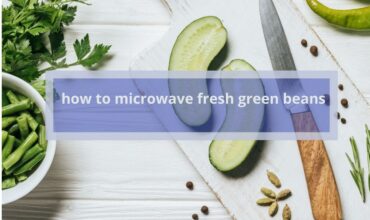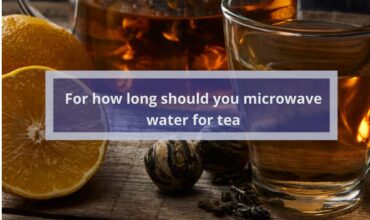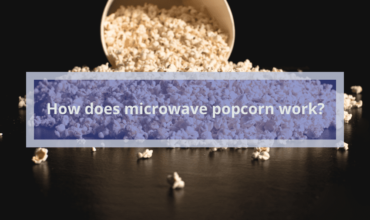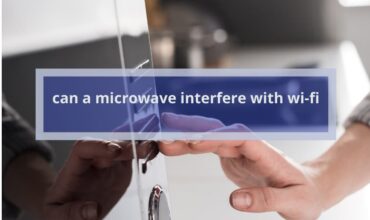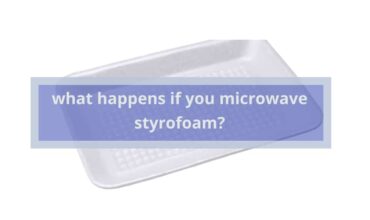When you’re in a rush for hot water, can you microwave it?
Get your questions answered about microwaving water and learn the right way to do it.
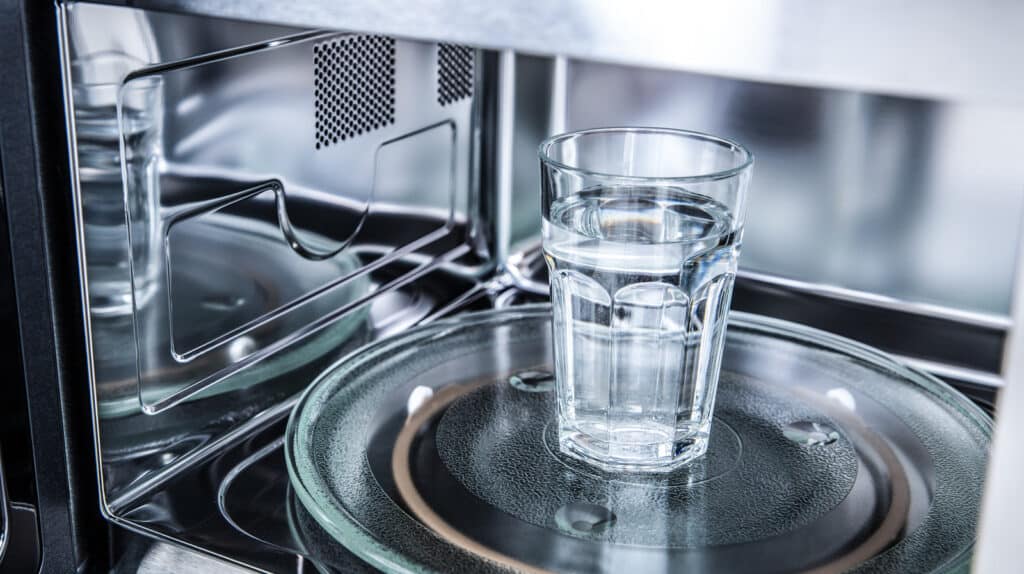
Can a microwave be used for boiling water?
Boiling water with your microwave is possible.
A container made to withstand microwave heat can be used to heat the water in a microwave.
For safety, when heating liquid in a microwave-safe container, use a wooden stick to prevent it from becoming superheated.
This wooden stick may be a chopstick or coffee stirrer.
Due to its high temperature, extra precautions should be taken when handling superheated water.
If the skin comes in contact with it, it can cause severe burns or scalds, especially around the hands and face.
Please wait for the water to cool off entirely before taking it out of the microwave.
Steps for microwaving water
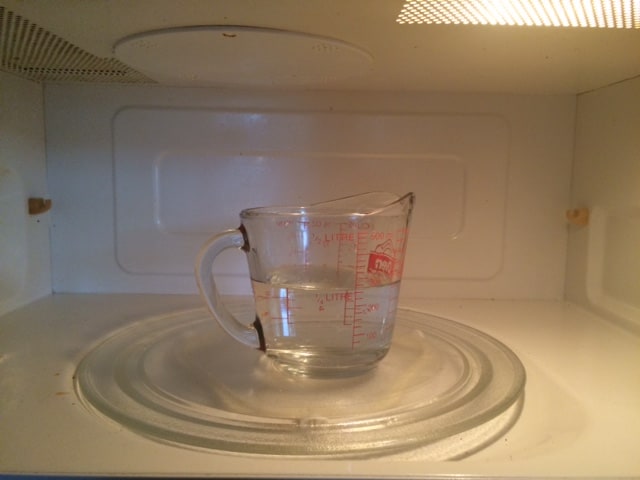
- Choose a Microwave-Safe Container
Use a proper container that is microwave-safe.
- Boil your Water Safely
After selecting a microwave-safe cup or bowl, pour the water into it.
Do not seal the container.
An accumulation of hot steam may result in a dangerous explosion.
- Place a clean, microwave-safe object in the water.
Insert a non-conductive or non-metallic item, into the water afterwards.
This item may be a wooden spoon, chopstick, or popsicle stick
Providing something for the water to form bubbles on, helps to avert a hazardous problem referred to as “super-heating”.
Super-heating occurs when water in the microwave heats water past its boiling point and the water cannot form bubbles.
Being unable to form bubbles occurs because there are no nucleation sites (essentially rough spots for the bubbles to form on).
As soon as the water is disturbed or a nucleation site is introduced, the built-up superheated water forms steam very quickly.
This will cause a small explosion of boiling water.
If you don’t have any non-metallic objects to put in your water, use a container that has a scratch or chip on the interior surface.
This will act as a nucleation site to help the water bubble.
Read also: Microwave runs when the door is open
- Put the water in the microwave.
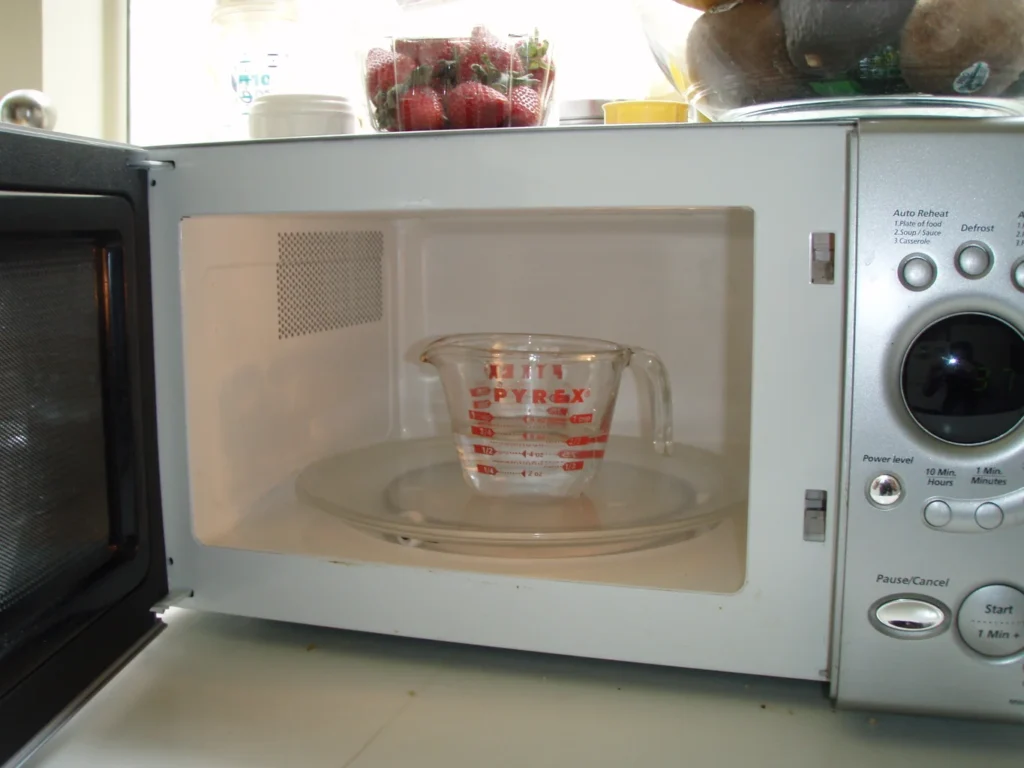
Heat the water in short intervals, frequently stirring until it is hot and steamy.
Despite following these steps, it may not be possible to tell when boiling has begun as it would be with a stove.
Getting a precise temperature reading is the surest method to determine if water is boiling.
A thermometer would guarantee you get the precise temperature you need.
At higher altitudes, due to the decrease in atmospheric pressure, water will boil at temperatures lower than 212°F (100°C).
If you are heating your water in a container with heat retention properties be cautious when stirring it from the microwave.
Those containers that have heat retention properties are like glass or ceramic.
Using a towel or potholder is the best way to avoid getting burned while working with it.
To sterilize water, keep it boiling.
To effectively purify boiled water using a microwave, you must heat it to a specific temperature.
This temperature must be sufficient to kill any existing microorganisms.
It is recommended to boil the water for at least one minute, or 3 minutes at altitudes above 6,562 feet (>2000 m).
More tips for avoiding superheating hazards
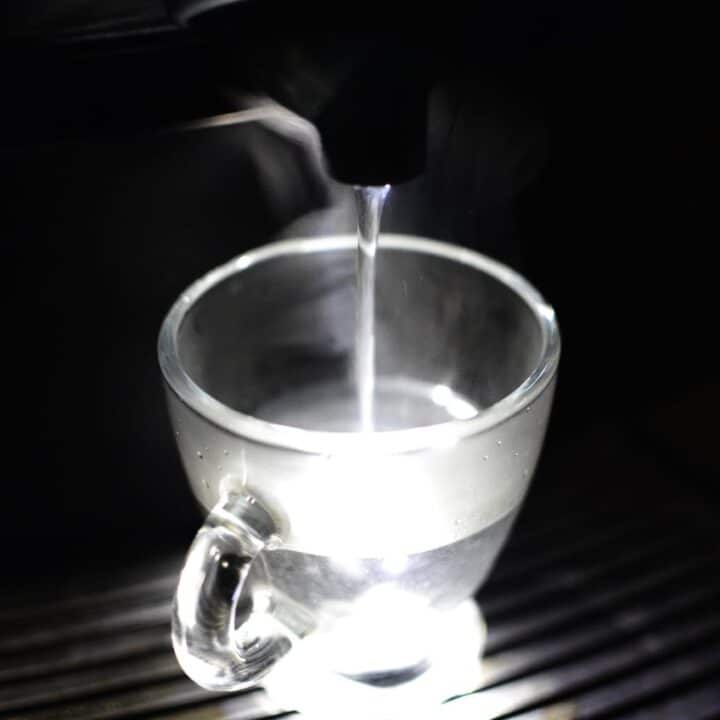
- Don’t heat the water for excessively long stretches.
One way to reduce water’s chances of superheating is to not let it heat for extended periods.
Superheated water is water that has been heated beyond its boiling temperature.
Depending on your microwave’s strength, you may want to adjust the length of your heating sessions.
For safety purposes, start by heating for a maximum of one minute.
The water temperature from the first trial will define the adjustment of the next heating cycle accordingly.
This will help to ensure an optimum temperature,
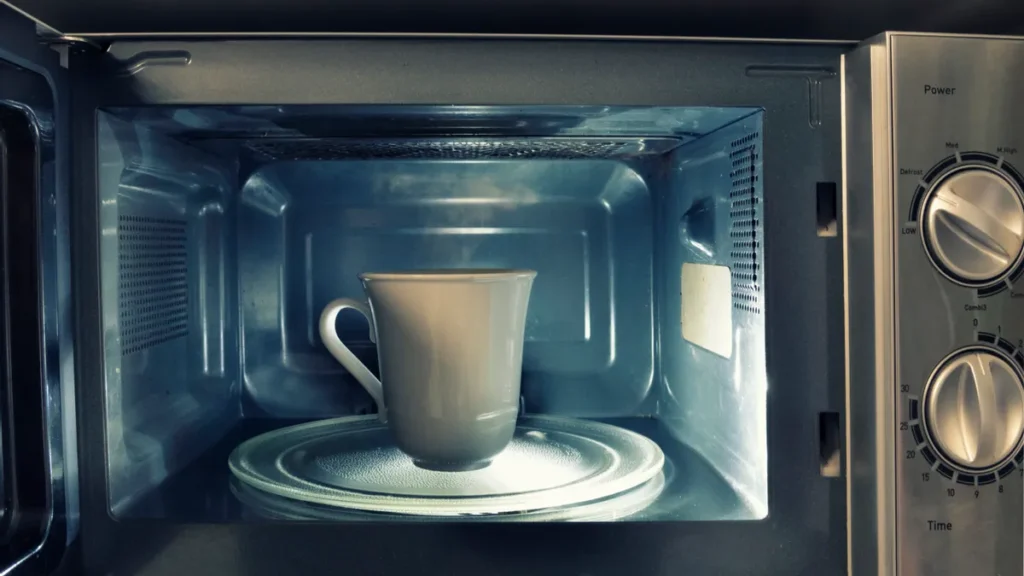
- Avoid extremely smooth containers.
It’s not recommended to use smooth containers.
Instead, use containers with scratches or add something non-metallic to the water.
Sticking to the previous instructions would prevent superheating.
New, pristine glass and ceramic bowls are recommended to be avoided.
They are smooth enough to cause problems.
A container with visible scratches or wear at the bottom is best since this will give the bubbles somewhere to form.
- Tap the side of the container
Verify that your water is heated to the optimal temperature.
This can be done by checking for superheating once you believe it has been sufficiently heated.
Tap the container’s side firmly before taking it out of the microwave.
When performing this task, it is advisable to use a long tool for safety purposes.
Tapping a container of superheated water can cause an abrupt overflow.
If the water hasn’t been removed yet, take precautions to avoid any potential burns from spilling it into the microwave.
- Stir the hot water placed in the microwave.
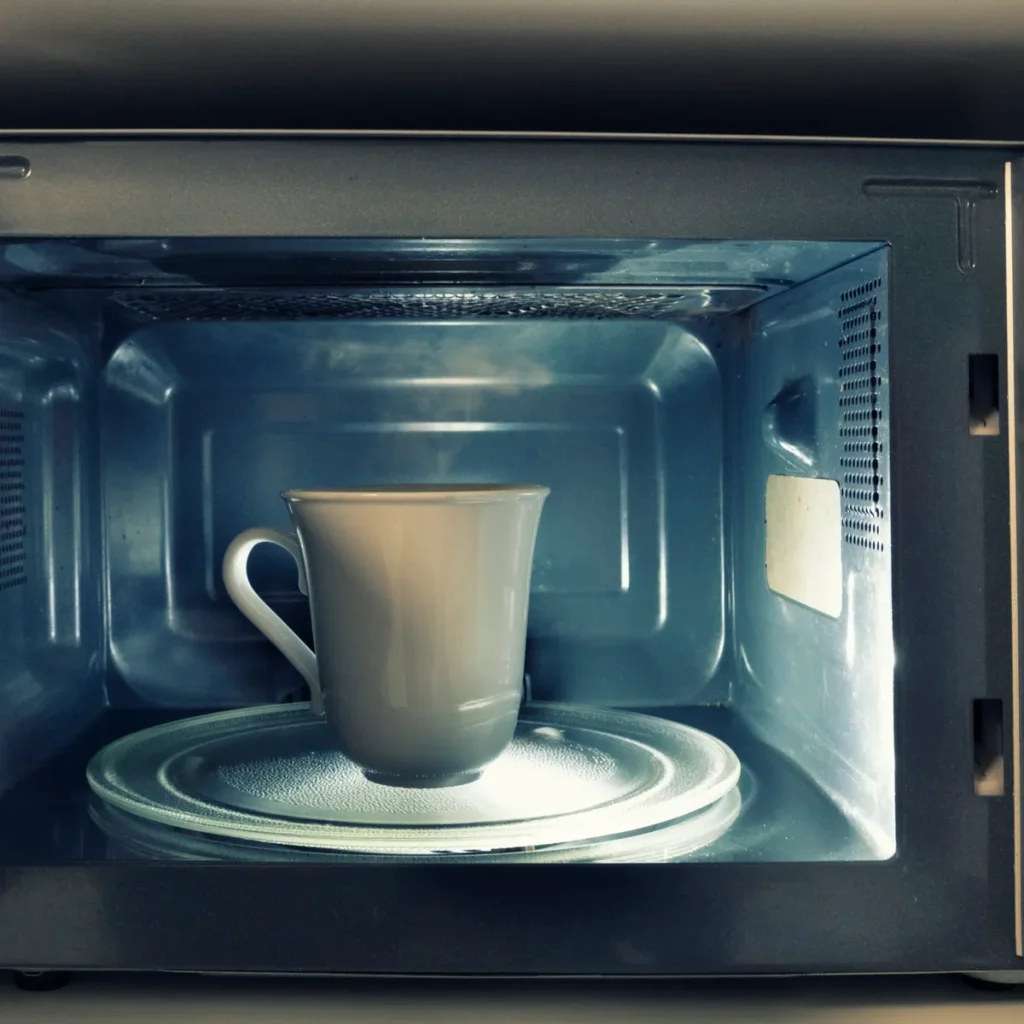
Are you uncertain if the water is superheated or not?
Utilize a long rod for stirring the water.
Introducing an object will disrupt the water and will produce nucleation sites.
These sites are suitable for bubble formation.
if it is heated beyond its boiling point, an intense burst or eruption of water will occur.
If it doesn’t, congratulations! Your water is safe.
- Keep your face away for your safety.
It is essential to avoid exposing your face to any water which could be dangerously hot.
Injuries caused by superheated water often occur when the person takes the container out of the microwave and inspects it.
Be careful when in contact with the superheated water, as facial burns and potential vision damage may occur.
The reason is that this superheated water may overflow suddenly.
Read also: How to microwave broccoli?
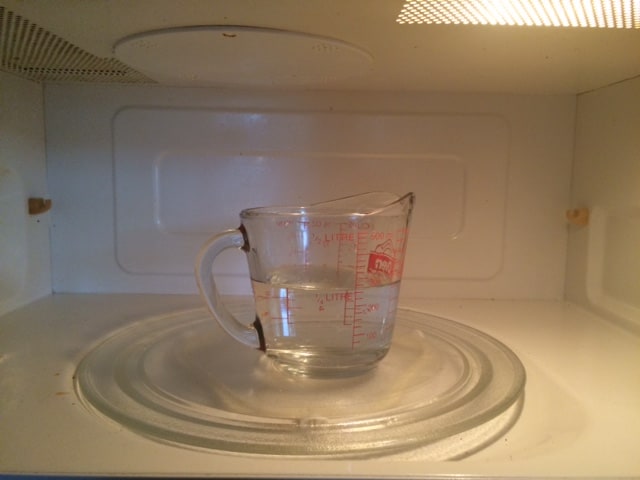
Frequently asked questions
Is it better to boil water for tea in the microwave or the kettle?
The water temperature for black tea should be 90 to 98ºC and for green tea around 80ºC.
To draw the best flavour out of the tea the water must contain oxygen.
This is reduced if the water is boiled more than once or can also happen if the water is heated in a microwave.
You should never boil water in a Microwave.
100ºC is the temperature at which kettles are designed to heat tea.
In the case of using the microwave, there is no way of showing the temperature of the water.
The mechanism for boiling water through the microwave differs completely from the kettle.
Consequently, the results and how the tea would taste differs.
The kettle gives the water the uniform temperature needed.
That’s why the kettle is highly recommended for usage for boiling water for tea.
In contrast, the microwave will give you hot water but the water’s temperature is not consistent throughout the cup.
In all ways, the kettle is better than the microwave.
How to store cooled water previously microwaved?
You should pour the previously microwaved water after being cooled into another container.
Then, put this container in the refrigerator and use it whenever needed.
Read also: how does microwave popcorn work?

